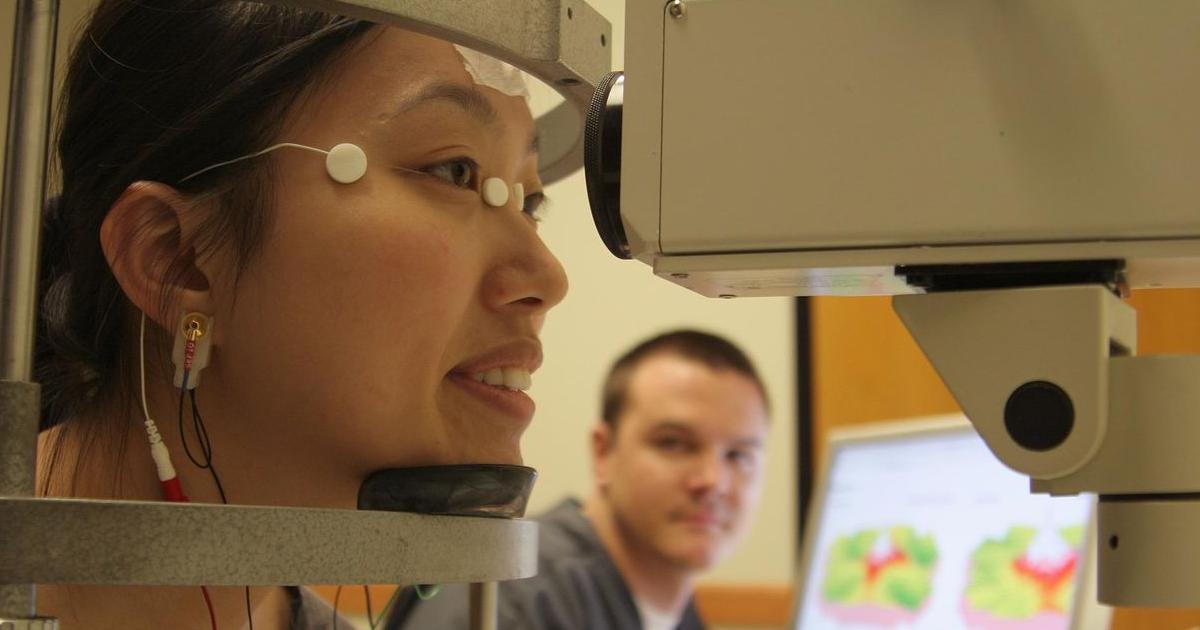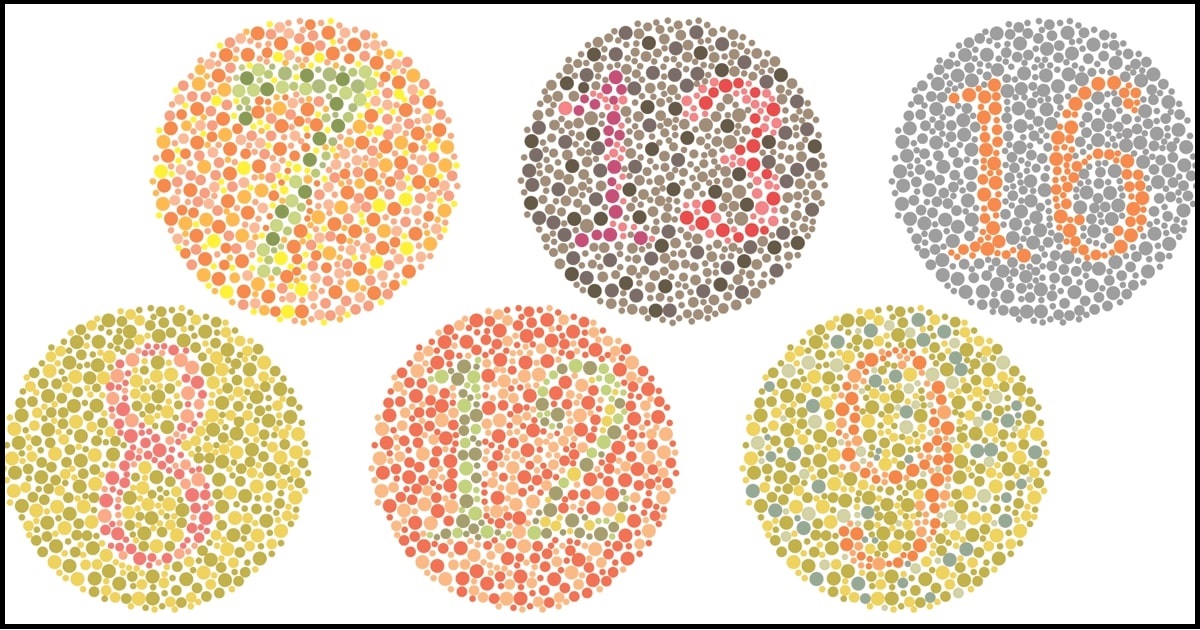Ways In Which Stargardt Disease Is Diagnosed
Electroretinography

Electroretinography is a method of measuring the electrical response of the eye's rods and cones, specialized cells in the retina that sense light. The test takes roughly sixty minutes to complete. Before beginning the test, the doctor will administer numbing drops into each eye to prevent discomfort. Next, a speculum is placed on each eye to gently hold it open, and an electrode is placed on the corneas. The patient looks at a screen that displays both flashing lights and varied light patterns, and the electrode records how their retina responds to the lights. These readings are transmitted to a separate screen for viewing and recording. The test is first performed in a room with normal lighting.
After it is completed, the healthcare provider will dim the lights and give the patient twenty minutes of resting time for their eyes to adjust. After this period, the test will be repeated in the darkened room. Patients who have had this test performed should avoid rubbing their eyes for at least one hour after the procedure; doing so may scratch the corneas.
Learn more about how Stargardt disease is diagnosed now.
Color Testing

Color testing is especially useful for patients who may be experiencing the changes to their color vision that frequently occur in the later stages of Stargardt disease. The testing can also be beneficial as a screening tool. Plate tests are widely used to test color vision, and they involve the patient identifying a colored symbol embedded in a background. Other forms of plate testing ask the patient to choose which color in a series of four colors is most similar to a specific color, and patients could also be asked to determine which circle most closely matches the shade of a gray rectangle. Arrangement tests and lantern tests may be used in conjunction with plate testing, and some healthcare providers may opt to administer testing with the use of anomaloscopes.
Uncover more tests used to help diagnose Stargardt disease now.
